Time Periods
Paleolithic
Mesolithic
Neolithic
Chalcolithic
Bronze Age
Iron Age
Classical Period
Post-Classical Period
Early Modern Period
Industrial Period
Contemporary Period
Time Periods
Paleolithic
Mesolithic
Neolithic
Chalcolithic
Bronze Age
Iron Age
Classical Period
Post-Classical Period
Early Modern Period
Industrial Period
Contemporary Period
Location
About
The Imperial Castle of Kyffhausen, located in the Kyffhäuser hills of Thuringia, Germany, is a significant medieval archaeological site. Originally founded around 1000 CE, it developed into a prominent defensive structure under the Hohenstaufen emperors in the 12th and 13th centuries. The site reveals a long history of habitation, with evidence of Neolithic settlements and Bronze Age ceramics. Additionally, remnants of a Hallstatt-era fortress indicate the area's strategic importance throughout the Iron Age. The castle, rebuilt by Frederick Barbarossa from bright red sandstone, symbolized imperial power. Although it fell into ruin by the 15th century, the site remains a testament to its historical significance and continues to attract visitors due to its picturesque ruins and the nearby Kyffhäuser Monument.
Gallery
Explore photographs of ancient structures, artifacts, and archaeological excavations at Kyffhausen Castle
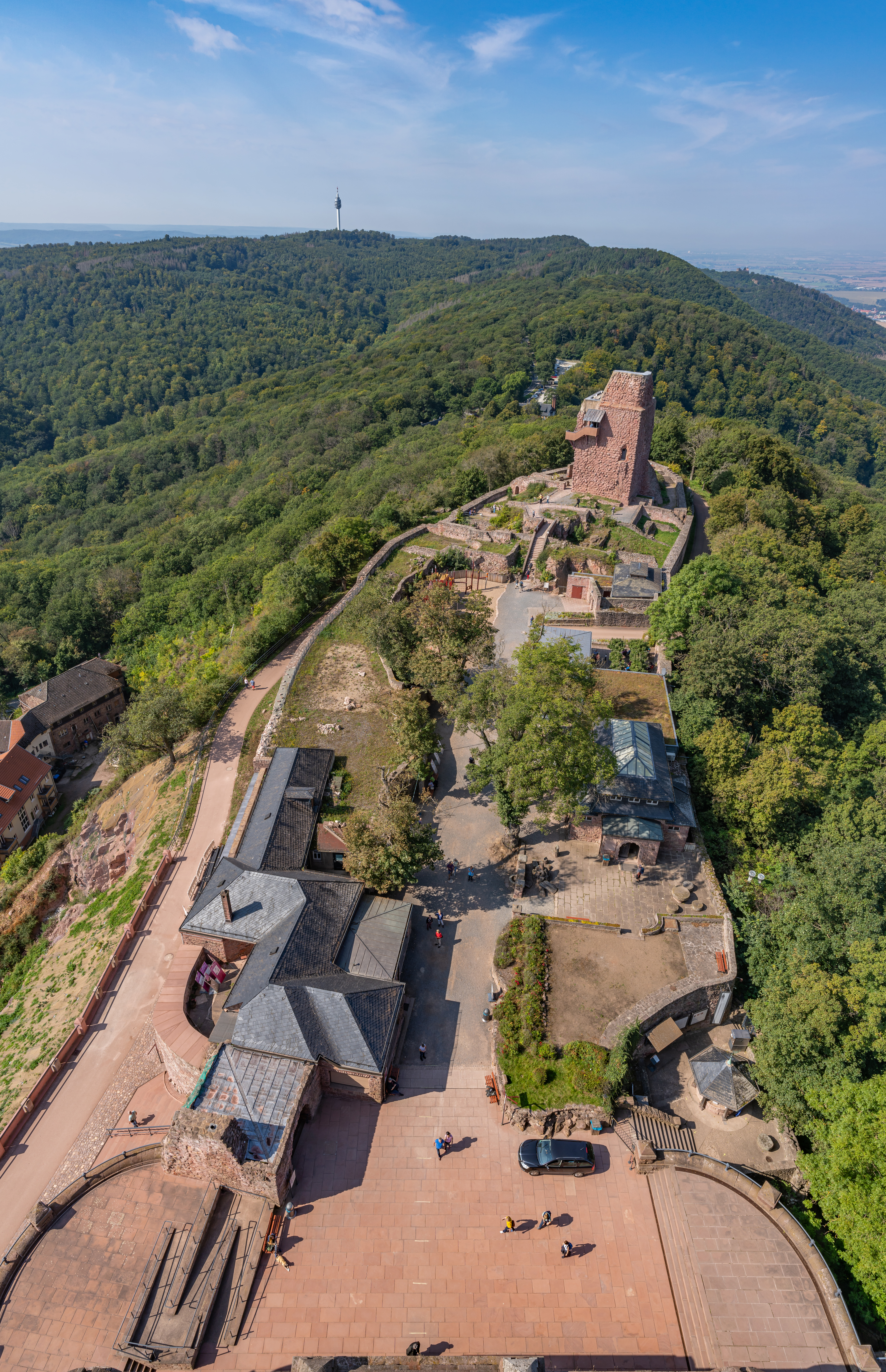
Archaeological Features
Explore the unique architectural and cultural elements found at this historical site
Defensive Structures
Burial and Funerary Structures
Historical Timeline
Journey through time and discover key events in this site's archaeological history
Plan Your Visit
Details
- Country
- Germany
- Source
- Wikipedia
More Sites in Germany
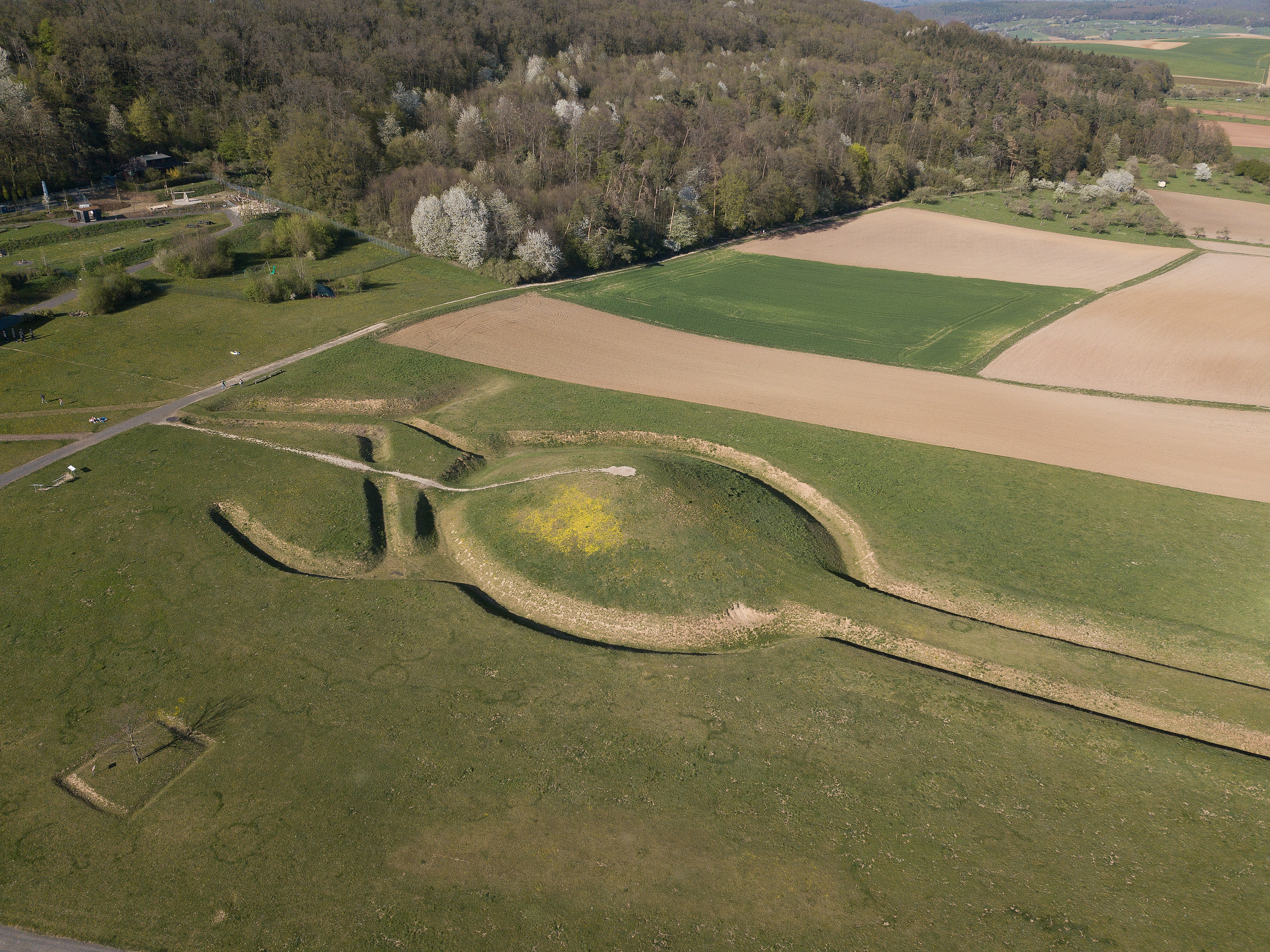
Glauberg
Celtic hillfort with burial mounds and statues
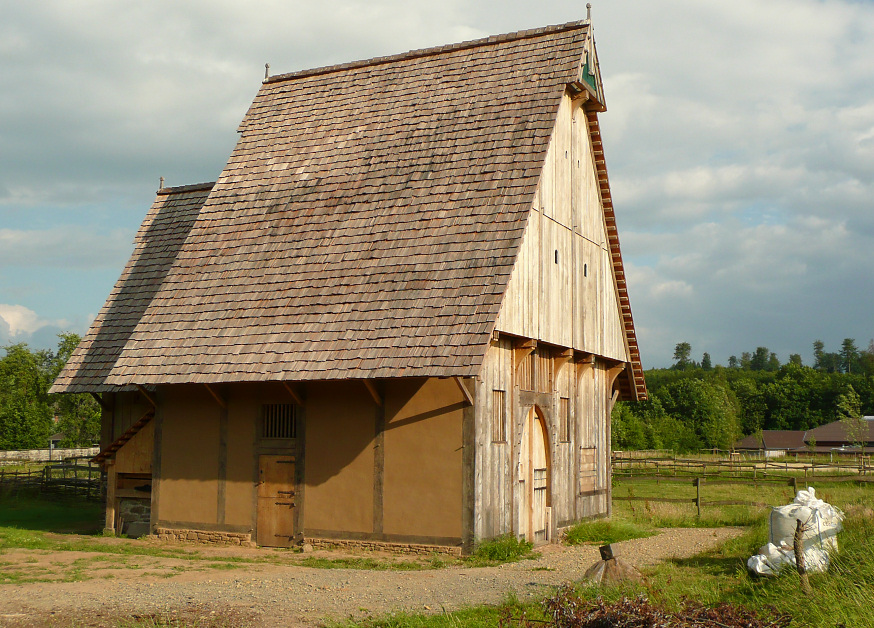
Nienover
Large deserted medieval town in Europe.
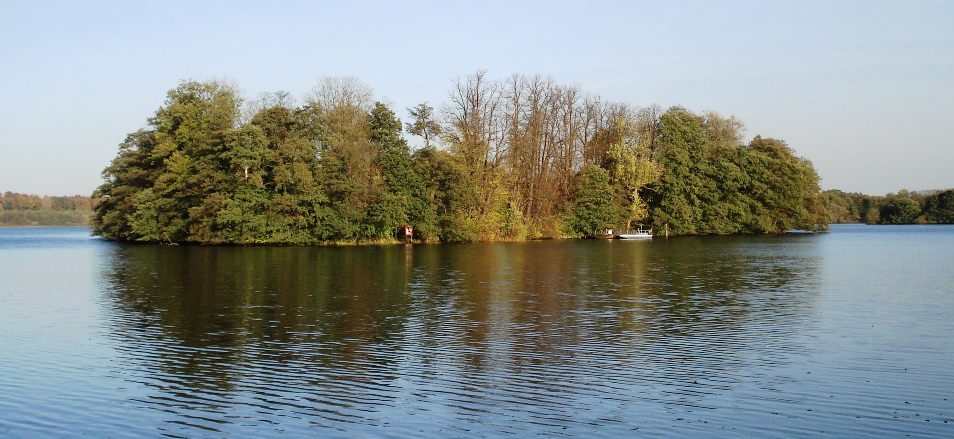
Utin (castle)
9th-century Wendish castle on island
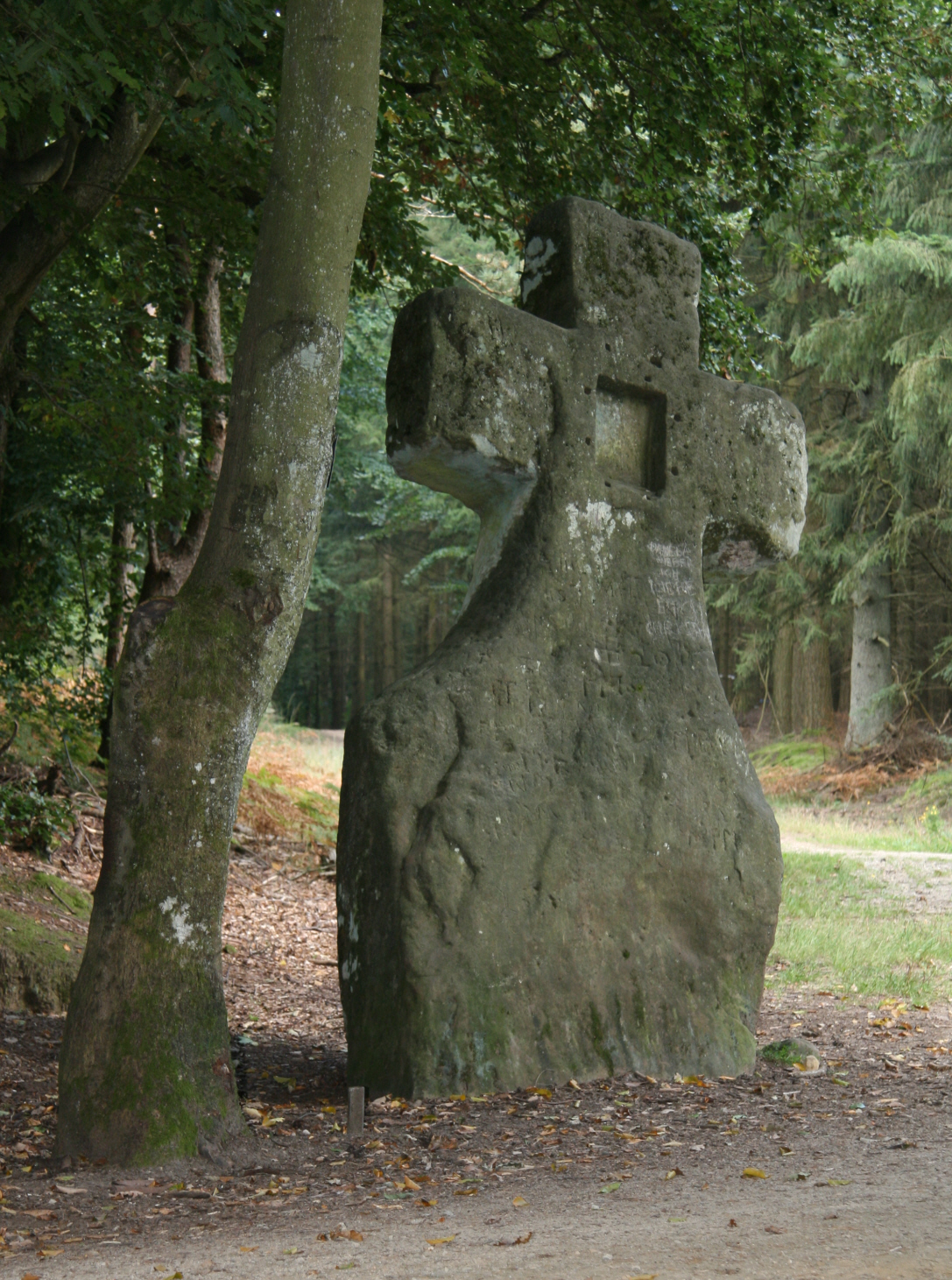
Fraubillen cross
Resculpted menhir into a Christian cross
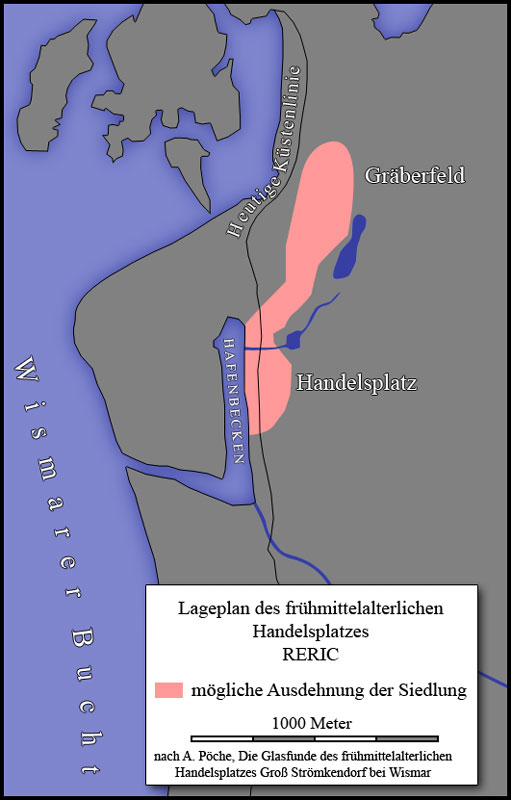
Reric
Slavic-Scandinavian Viking Age emporium remains
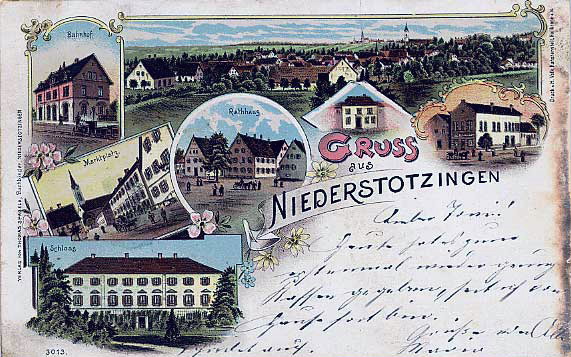
Niederstotzingen
Prehistoric carvings and Roman structures